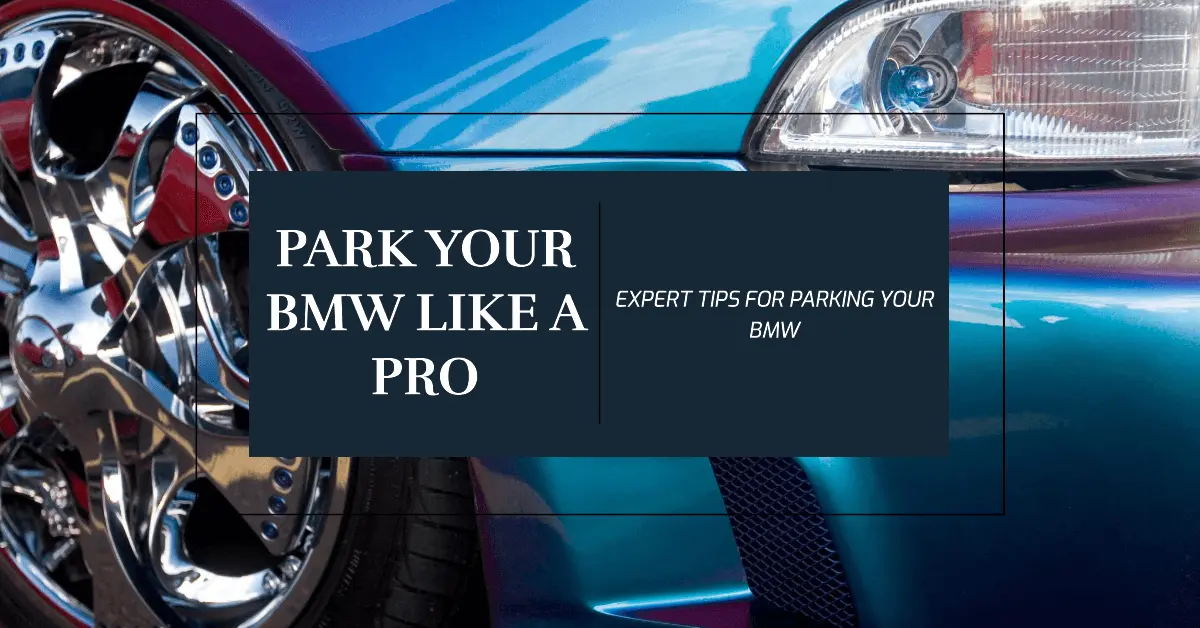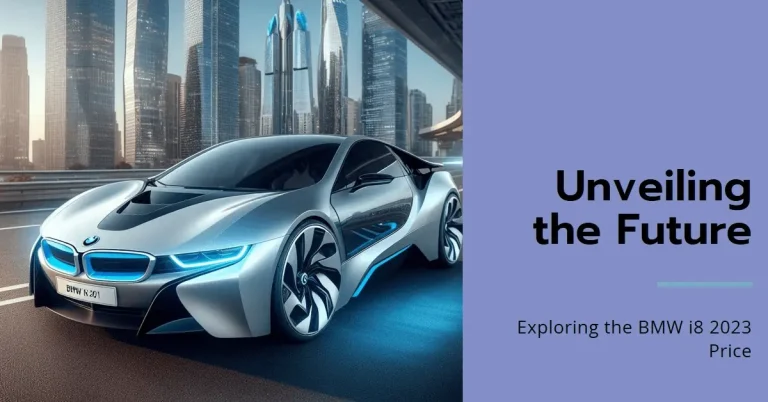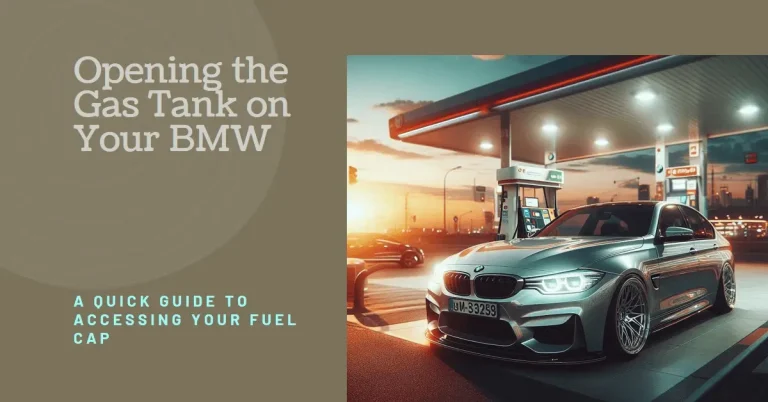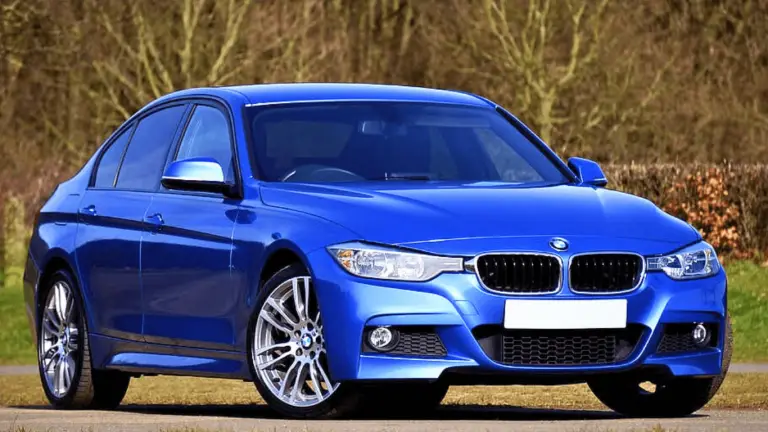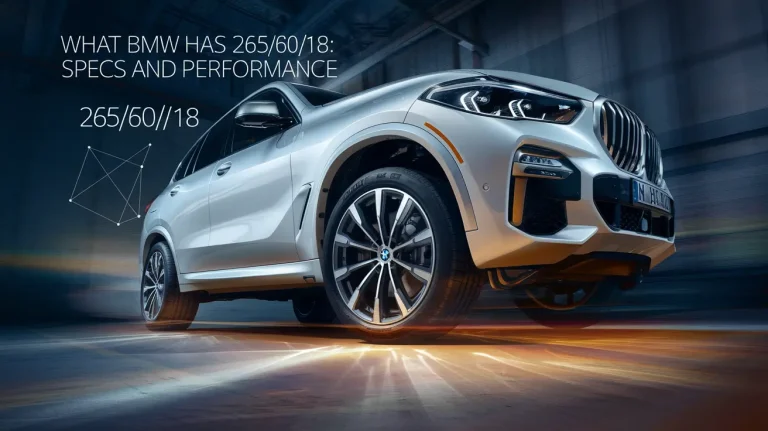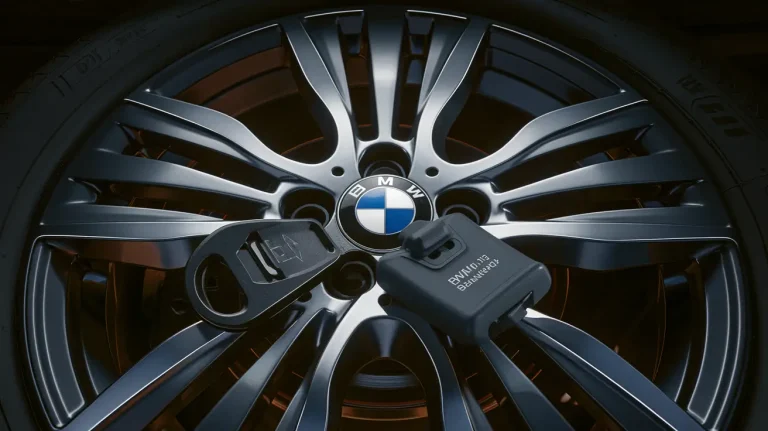How to Put Your BMW in Park?
So you just got a new BMW with an automatic transmission, or maybe you’re renting one for a trip. But when you park and take your foot off the brake, you can’t find the “Park” button. Don’t panic, this is completely normal for BMWs.
Parking a BMW is different than other vehicles. BMW automatic transmissions don’t have a dedicated Park selection or gear. Instead, they use the start/stop button to shift into park when the car is off. It may seem confusing at first, but parking a BMW is easy once you know the steps.
In this complete guide, we’ll cover everything you need to know about parking your BMW:
- How to use the start/stop button to engage Park
- Manual vs automatic transmission parking
- Special steps for parking on hills
- Common parking mistakes
- Troubleshooting problems shifting into Park
- Using BMW’s parking assist features
- Tips for safely driving off after parked
- Answers to frequently asked parking questions
Follow the instructions below and you’ll park your Bimmer safely every time.
Basics of Parking a BMW
Most cars have a dedicated “Park” selection on the gear shifter that mechanically locks the transmission. BMW automatic transmissions are different – they don’t have a Park gear.
Instead, BMW uses the engine start/stop button to electronically shift the automatic transmission into Park when the engine shuts off.
BMW Transmissions Don’t Have Dedicated “Park”
- BMW transmissions have Park, Neutral, Drive, Reverse like a normal automatic
- But there’s no Park selection on the gear shifter or transmission stalk
- With the engine off, the transmission defaults to Neutral
- Pressing the start/stop button engages an electronic parking lock
So how do you actually select Park? Keep reading to learn the steps.
Using the Start/Stop Button to Shift Into Park
Putting your BMW in park is easy once you know how the system works:
- Roll to a stop using the brake pedal as normal
- Keep your foot pressed on the brake when stopped
- Press the start/stop button to turn off the engine
- The transmission will automatically shift to Park
And that’s it! The BMW will safely stay locked in Park until you restart the engine.
- Tip: You can also engage the parking brake first before pressing the start/stop button for additional security.
The start/stop button controls the electronic parking lock that replaces a manual Park gear selection. Now let’s look at how the steps differ for manual transmissions.
Manual vs. Automatic Process for Parking
Parking a manual BMW is similar to other stick shift vehicles. But there are some small differences in the automatic parking procedure.
Manual Transmission Steps
Parking a BMW with manual transmission takes 4 steps when stopping on flat ground:
- Press the clutch pedal down
- Shift into Neutral
- Engage the parking brake
- Release the clutch pedal
For hill parking, leave the car in 1st gear with the clutch pressed while you engage the parking brake. Then shift into Neutral before releasing the clutch.
Automatic Transmission Steps
To park an automatic BMW:
- Press the brake pedal when stopping
- Engage the parking brake (optional)
- Press the start/stop button while braking
Then you can release the brake and remove the key. The transmission will remain locked in Park.
Note: If parking on a steep hill, engage the parking brake before pressing the start/stop button to prevent transmission strain.
Now that you know the basic parking procedure, let’s look at some key steps for safely parking on inclines.
Parking on Hills and Inclines
Parking on hills with a BMW automatic requires an extra step to avoid expensive transmission repairs down the road.
Engage Parking Brake First
The parking brake helps transfer the weight of the car from the transmission to the brake system when parked on inclines.
To properly park on hills:
- Press the foot brake as you come to a stop
- Engage the parking brake while maintaining brake pressure
- Press the start button to turn off engine and shift to Park
- Release the foot brake after in Park
This ensures the weight rests on the brake, not transmission.
Technique to Avoid Transmission Strain
Parking improperly with the full vehicle weight on the transmission parking lock can prematurely wear out internal components.
The proper hill sequence relieves strain on sensitive parts needing expensive repairs like the parking pawl, gear selector forks, etc. Using the parking brake as detailed above transfers load away from the transmission when parked on slopes.
Now that you know how to properly park on inclines, let’s look at some common mistakes to avoid.
Common Parking Mistakes to Avoid
While the BMW parking procedure is straightforward, many people new to the brand pick up some bad habits.
Turning Off Engine While Rolling
It may seem obvious, but you should never turn the engine off while the car is rolling backwards or forwards.
The transmission won’t shift into Park while moving. If stalled during motion, you’ll lose power steering and brake assist making it much harder to control the vehicle.
- Only press the start/stop button when the car is fully stopped.
Warping Rotors with Parking Brake
When parking in high performance BMW models, don’t engage the parking brake when the brake rotors are hot from aggressive driving.
Thermal expansion can cause rotor warping from the parking brake gripping one side. Allow them to cool first before parking on inclines.
Let’s move on to addressing common problems people run into when parking their BMW.
Troubleshooting BMW Parking Problems
Does your BMW sometimes refuse shift into park? Or does it roll after you’ve parked? Read on for help diagnosing issues.
Issues Shifting Into Park
In most cases, BMWs should automatically shift into Park when pressing the start button with your foot on the brake.
If yours won’t go into gear, first confirm your foot brake is pressed down completely. Then try shifting the automatic shifter into Neutral before pressing the start button.
For recurrent problems, there could be issues with:
- Faulty brake light switch
- Transmission angle sensor
- Worn shift fork pins
- Bad transmission control module
See your BMW mechanic to diagnose any persistent problems getting your car to shift into Park.
Car Rolling After Parked
If your parked BMW continues to roll after taking your foot off the brake, the parking pawl is not properly engaging.
Causes for rolling after parked include:
- Low transmission fluid level
- Broken/stuck parking pawl
- Leaking fluid pressure
- Bad valve body or TCM
Any of these issues will require repair by a transmission specialist. Consider towing the BMW if it won’t reliably stay parked using the start/stop procedure.
Now let’s go over how to use BMW’s handy parking assistant features.
Using BMW Parking Assist Features
Many modern BMWs have advanced technology that can automatically park your vehicle with little or no driver input.
Automatic Parking Button
Models like the 5 and 7 Series sedans have a dedicated parking assistant button to the left of the shifter.
- Press while driving slowly to activate
- Pull up to a spot and remove hands from wheel
- Car parks itself hands-free!
Refer to your owners manual for complete instructions on automated parking sequences for your model.
Remote Control Parking
Some BMWs offer the next level self-parking with Remote Control Parking.
You can park the car in or out of tight spaces completely outside the vehicle:
- Pull up close to the open parking spot
- Get out with the engine running
- Then press the parking assist button
- BMW parks itself using sensors & cameras!
Of course, you need to monitor the vehicle to ensure safety. But automated systems like this take the stress out of maneuvering in cramped parking lots.
Next let’s go over the process for safely driving away after you’ve parked.
Safely Starting After Parked
When it’s time to drive off in your automatic BMW:
- Press the brake pedal
- Press start button to power on electronics
- Shift lever out of Park into Drive or Reverse
- Release parking brake
- Release brake pedal and accelerate
Following this proper sequence will reliably take your BMW out of park without issues.
Now let’s answer some frequently asked questions about parking unique BMW models.
FAQs on Parking Your BMW
Many BMW owners have similar questions about properly parking their car. See the most common ones below:
Do BMWs automatically go into park when turned off?
Yes, BMWs with automatic transmissions automatically shift into Park when pressing the start/stop button to turn off the engine. There is no need to manually select Park on the shifter.
Where is the Park selection on a BMW shifter?
BMW automatic shifters do not have a designated Park gear selection. The transmission electronically shifts to Park when the engine shuts off. Simply press the start button to engage Park.
Should I put my BMW in Park before or after the parking brake?
On flat ground, it does not matter whether Park or the parking brake is engaged first when parking. But parking on hills/inclines requires pulling the brake before pressing the start button.
Can you just turn a BMW off in neutral?
It’s possible to stall a BMW in the Neutral gear, but it’s recommended to always use the start button to electronically select Park for reliable safety. Unexpected car motion could occur in N if the parking brake fails or on steep grades.
How do I tell if my BMW is in park?
The transmission gear selected displays next to the shifter. There will be a “P” shown in green when your BMW is safely in Park.
So in summary, parking any BMW is simple once you know to use the start/stop button to automatically shift into park. Apply the parking brake first before releasing the foot brake when parked on hills. And avoid common mistakes like turning off the engine mid-roll or parking hot rotors using the hand brake.
Conclusion: Key Takeaways for Parking Your BMW
The trick to parking a BMW differs from other cars in that you don’t manually select a Park gear. But the steps are straightforward:
- Bring the vehicle to a complete stop
- Next press down the brake pedal completely
- Engage parking brake (for hills/inclines)
- Press the start/stop button to power off
- Transmission shifts itself to Park!
Remember that the engine start button electronically engages your BMW’s parking lock. Avoid abruptly turning off the engine if rolling as that defeats the parking mechanism.
Now that you’re a BMW parking expert, driving off is easy too. Simply press the brake pedal and restart the vehicle. Then shift out of park and release the parking brake when ready to drive.
With the proper precautions, parking your special BMW luxury vehicle soon becomes second nature. Just take extra care when parking on hills and inclines to minimize long term wear from strain on internal transmission components.

